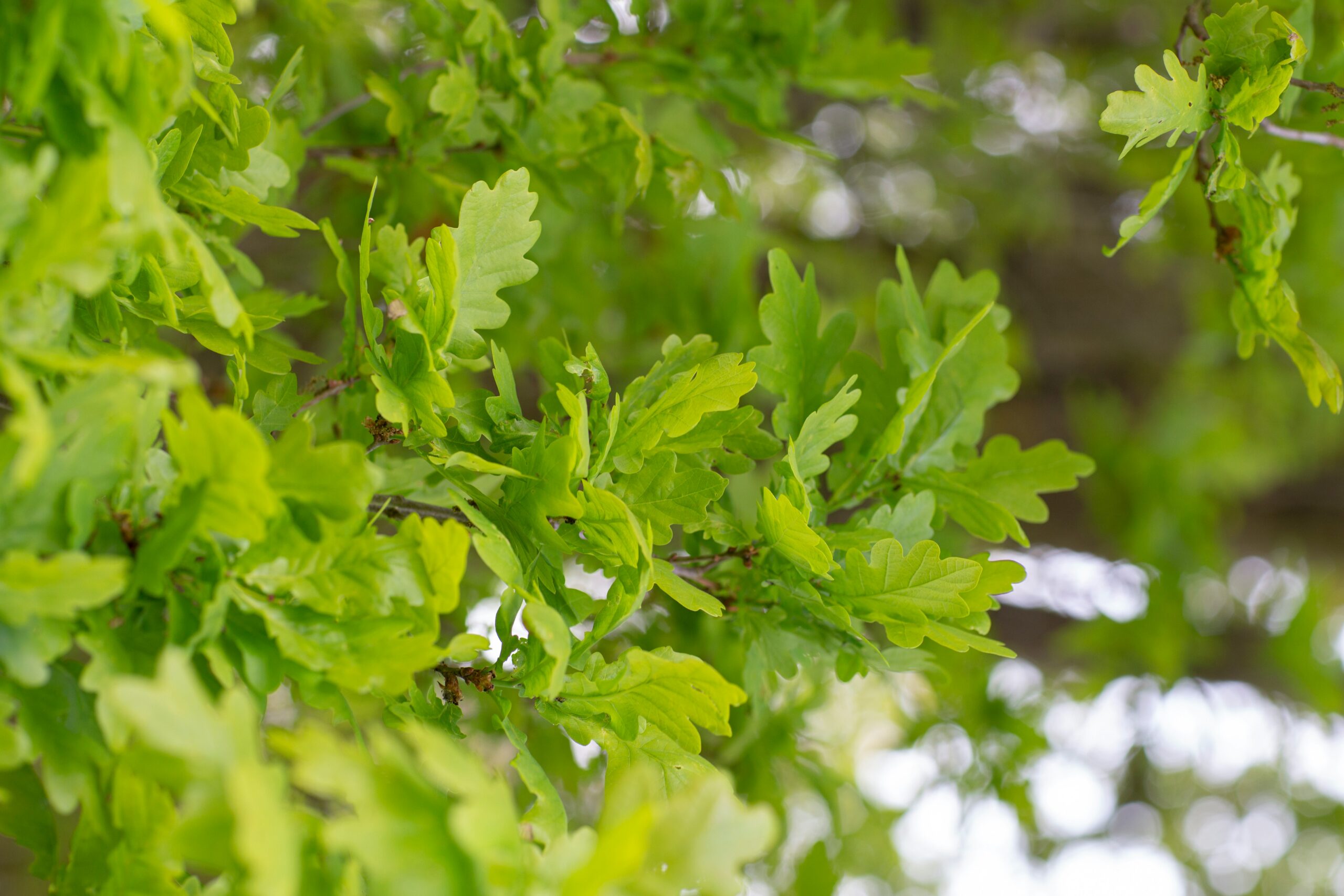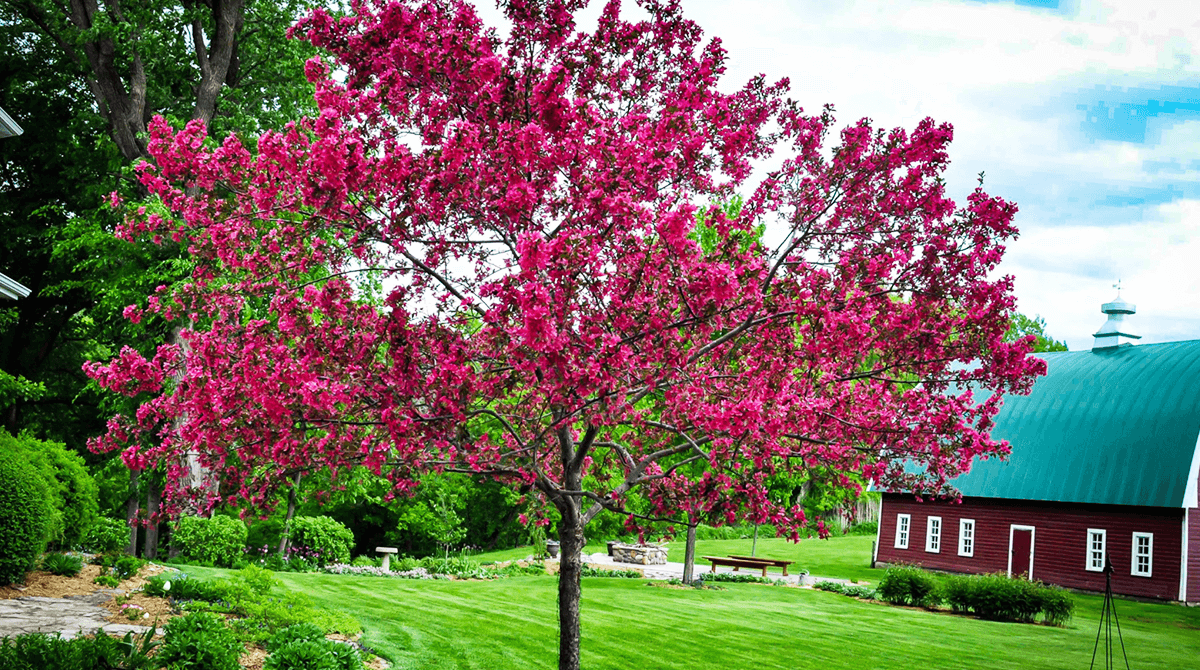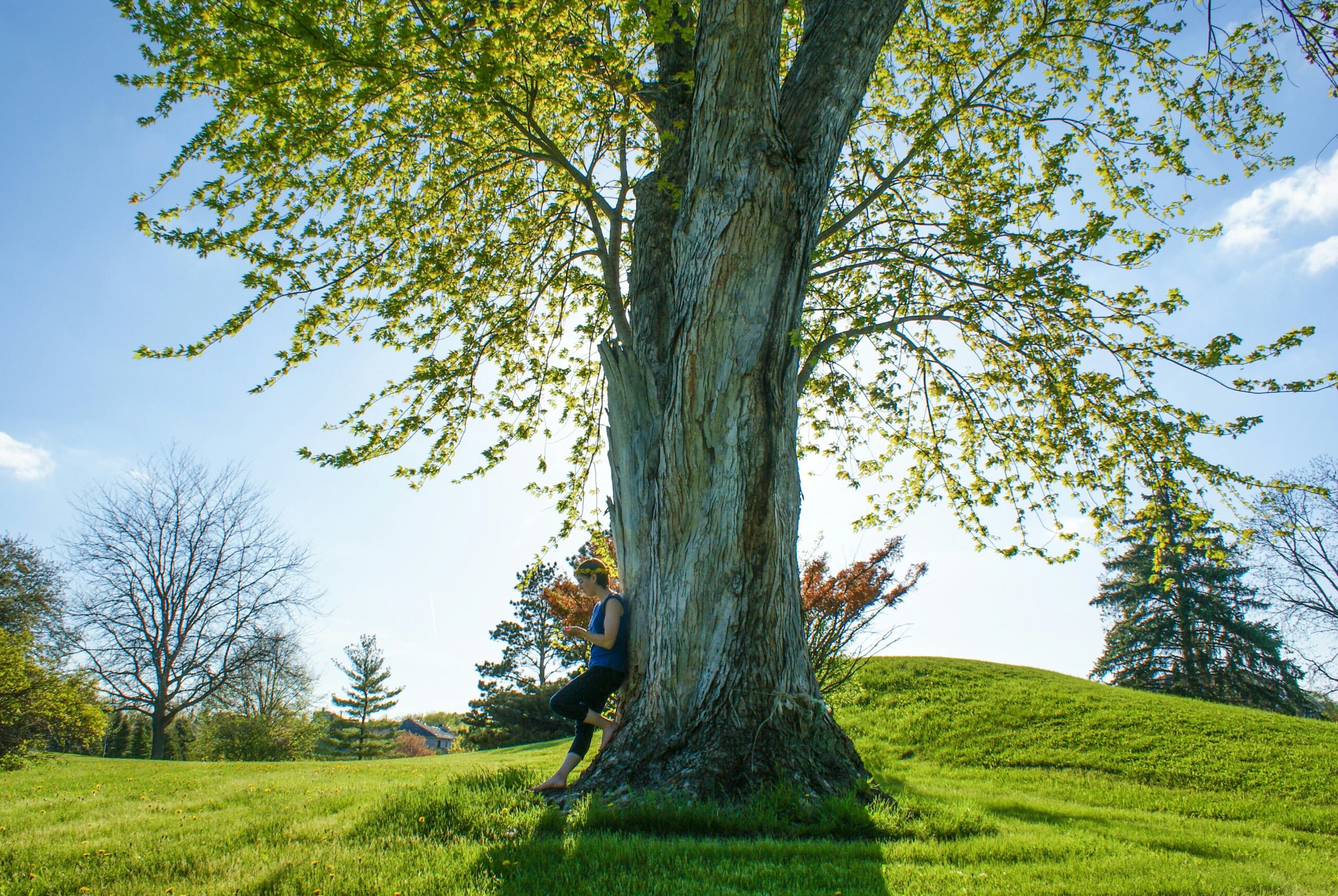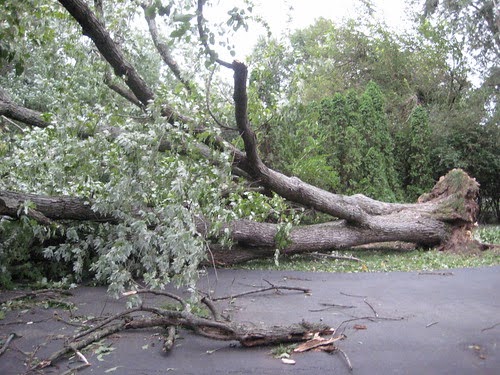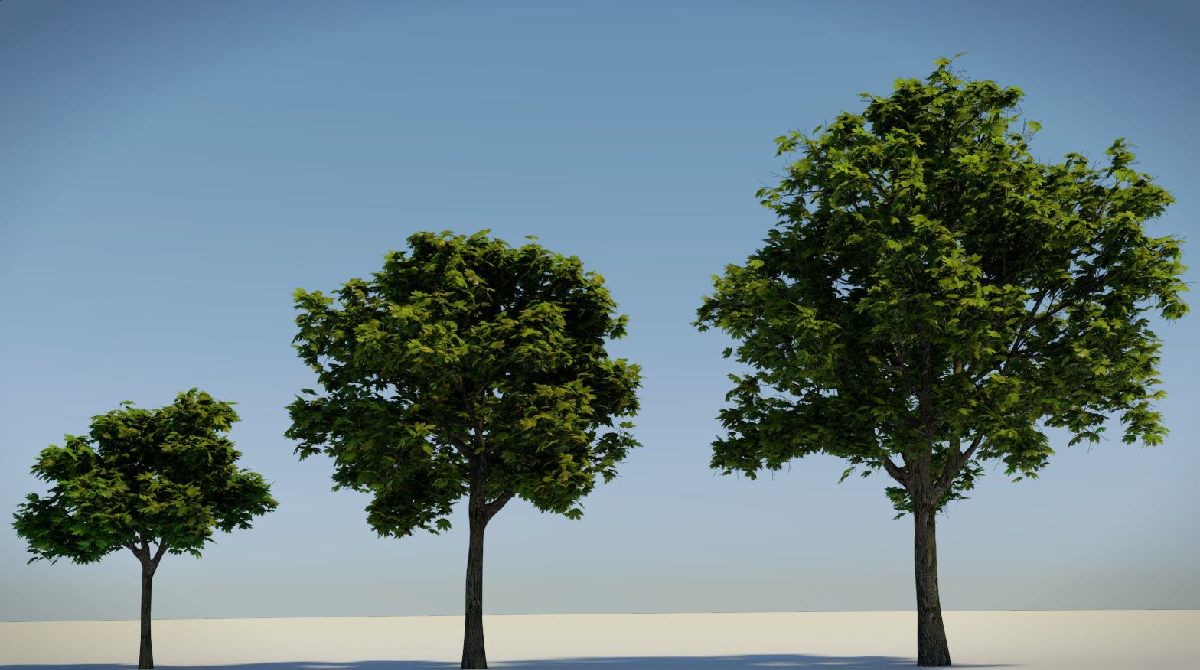
North Texas Tree Growth: Fast vs Slow Growing Trees
Date November 10, 2022
Category
Today’s society tends to lean toward the fastest option, and instant gratification reigns supreme. However, this isn’t always the case for trees since they’re in it for the long haul. You shouldn’t rush the growing process or choose trees solely because they grow quickly. There are many benefits of slow-growing trees that you shouldn’t overlook. In this blog post, we’ll explore the growth rates of North Texas trees and why it matters. We’ll also outline the pros and cons of fast vs. slow-growing trees, so you can better understand how trees grow and what might be the best fit for you.
Calculating Tree Growth Rates for North Texas Trees
Calculating how fast trees grow can be complex with a series of scientific equations for predicting the size and age of a particular tree. For the average homeowner, you can repeatedly measure your tree’s height and the diameter of its crown, stems, and trunk over time. You could also get an average growth rate by dividing the change in size by the amount of time your tree has been growing.
What Does Tree Growth Rate Mean?
The term “rate of growth” generally refers to the vertical increase gained. Trees grow in diameter every year from their roots to the farthest tips of twigs, expanding in girth. In any one season, different parts of a tree grow at different rates.
Why Should You Care About Growth Rates?
Growth rate can affect a tree’s ability to resist strong winds, storms, and structural or internal damage. Annual growth increments allow trees to respond to changes in their environment and react to injuries. The food and growth substances made by photosynthesis and metabolic processes in the leaves directly determine the amount of material available for generating incremental growth. This growth is produced throughout the tree as a result of the crown, and crown growth production directly results from transport efficiency and the volume of resources absorbed by the roots.
All that’s to say is tree growth is holistic, based on their conditions and the availability of resources. Healthy trees produce healthy growth regardless of how fast they do it.
Tree Growth Factors
How fast North Texas trees grow is tremendously affected by a multitude of conditions, such as:
- Soil condition
- Drainage
- Water availability
- Nutrient availability
- Fertility
- Root stress
- Light competition and exposure
- Tree species
- Overall tree health and vigor
Trees have different growth rates depending on their species, and trees by species are genetically coded to grow at approximately the same rate under similar conditions.
What’s Considered Fast, Medium, or Slow Growth?
- Fast-growing trees gain 25″ or more in height yearly
- Moderate-growing trees increase in height by about 13″ to 24″ per year
- Slow-growing trees gain 12″ or less in height annually
Slow-Growing Trees vs. Fast-Growing Trees: Which is Better?
The answer depends on what you hope to achieve. Are you looking for a fast-growing privacy screen, ornamental trees to boost your property’s curb appeal, or a tree that lives on as part of your family legacy? While faster may seem like you’re getting a quicker return on investment, it’s important to consider the advantages and disadvantages.
Slow Growing Trees
Trees that grow slower have a great chance to adapt to environmental conditions and tend to be more substantial in structure and strength. Some of these are oak trees which routinely live over 100 years. Because the growth rate is slower, they can develop stronger wood and have better resistance to tree pests, diseases, and adverse conditions. They are also better equipped to heal themselves from injuries. Moderate-growing trees share similar traits.
Fast Growing Trees
If your yard only consists of the fastest-growing trees and shrubs in hopes of achieving quick results, those results may be short-lived. Rapidly growing North Texas trees tend to be weaker and more susceptible to tree diseases, root decay, and pests. Just because they’ll grow quickly and fill out your landscape doesn’t mean they’ll live as long, and they may be more costly to maintain.
Final Thoughts
There are many factors to consider when planting trees in your yard. Depending on your purpose, it’s important to remember that faster isn’t always better. Think of it as a tortoise and the hare situation in which the slower option likely wins the race. Tree growth rates are affected by the environment just as much as their species. Healthy growth is more sustainable in the long term than rapid growth, which involves giving your trees the care they need through maintenance and tree care services.
TreeNewal Tree Health Services
If you need advice on which trees are best for your landscape, contact a TreeNewal Dallas tree care specialist today. Our ISA Certified Arborists have extensive knowledge of the North Texas ecosystem, how Dallas trees react to our climate, and how to give them the care they need to thrive. TreeNewal offers industry-leading residential and commercial tree care services in Dallas, Fort Worth, Argyle, Denton, Flower Mound, Southlake, and Westlake. We’re committed to protecting our customers’ investment and promoting tree health for our beloved communities. Give us a call and take the next leap into sustainable tree care!
To learn more about North Texas Tree Growth: Fast vs Slow Growing Trees, call our Argyle and Southlake-based teams
at (817) 592-6846 or send us a message.
We’re a little different than the average tree services company.
Learn more about TreeNewal’s ISA Certified Arborists!
Our Dallas/Fort Worth-based tree doctors can explain how sustainable tree care services add more value to your bottom line.
Healthy trees, healthy lives.
